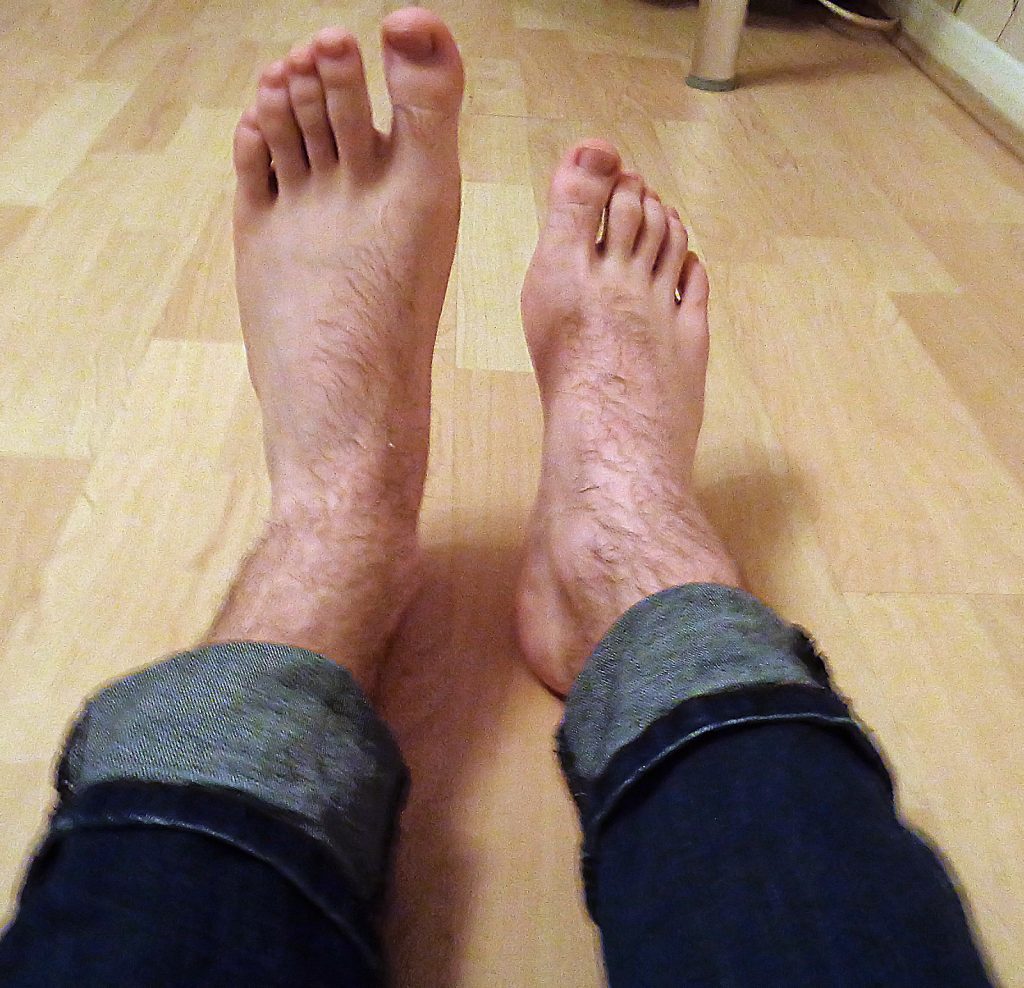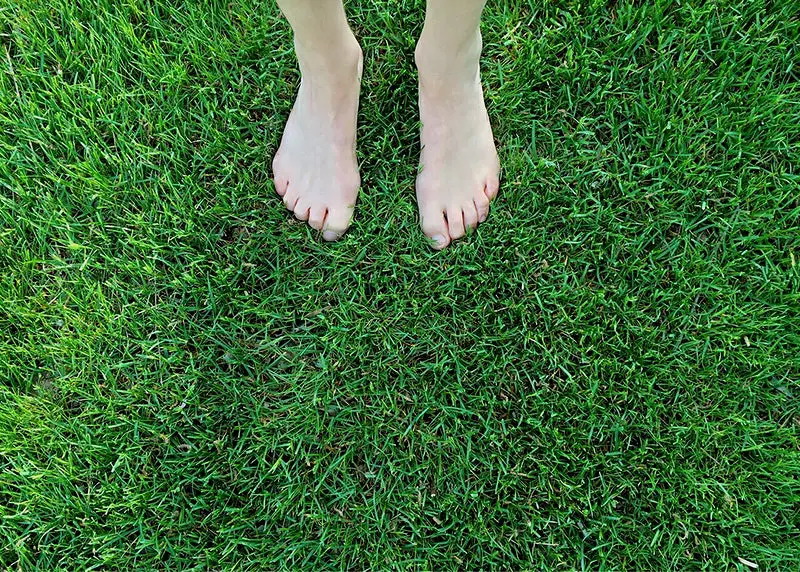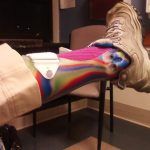Foot drop refers to difficulty lifting the front part of the foot. This can affect walking in some cases, with one foot dragging on the ground.
Where does foot drop come from? Without being considered a pathology, this condition is most often a sign of an underlying neurological or muscular problem.
This article covers 6 potential causes of foot drop, and offers various treatment modalities aimed at correcting or compensating for this condition which often affects the quality of life of the sufferer.
Definition and presentation
Foot drop involves ankle dorsiflexion movement. Essentially, it becomes difficult (or impossible) to lift the front part of the foot, for example to bring the toes towards the shin. Obviously, this can affect gait by causing compensatory patterns aimed at lifting the foot off the ground.
Foot drop can be associated with the following symptoms:
- type pain sciatica
- numbness and tingling in the foot
- balance disorders
- muscle spasms
- lameness when walking
- ataxia
Depending on the cause, foot drop can affect one or both feet. It also affects people of all ages.
Causes
Possible causes of foot drop include:
Peripheral nerve injury
The most common cause of foot drop is compression of a nerve in the leg that controls the muscles involved in lifting the foot. This is the fibular nerve (also called the peroneal nerve or the external popliteal sciatic nerve), a branch of the sciatic nerve.
For example, a traumatic injury can cause damage to this nerve. It can also be affected during an operation (such as hip or knee replacement surgery).
Vertebral involvement
A pathology in the spine can irritate the spinal nerves and cause foot drop. For example, a herniated disc at the L4-L5 level can irritate the L4 nerve root and affect the corresponding myotome. This results in weakness of the muscles involved in ankle dorsiflexion, resulting in foot drop in some cases.
Muscle or nerve disorders.
Various forms of muscular dystrophy can contribute to foot drop. These are hereditary diseases causing progressive and generalized muscle weakness. The same goes for other disorders, such as polio or Charcot-Marie-Tooth disease.
Nervous system disorders
Disorders that affect the central nervous system (the spinal cord and brain) or device can lead to foot drop. Consider, for example, the following conditions:
- amyotrophic lateral sclerosis (ALS)
- la multiple sclerosis
- cerebrovascular accidents (CVA)
- Charcot-Marie-Tooth disease
- diabetes
- etc.
Postural habits
Certain postural habits can cause paresthesias in the leg, and sometimes even weakness causing foot drop. For example, people who are used to crossing their legs for prolonged periods can compress the fibular nerve, which will cause weakness in the muscles responsible for ankle dorsiflexion.
Likewise, certain occupations that involve prolonged squatting or kneeling — such as strawberry picking or tiling — can also irritate the fibular nerve and lead to foot drop.
Wearing a cast
Casts that wrap around the ankle and end just below the knee can put pressure on the fibular nerve, causing foot drop.
Diagnostic
Initially, foot drop is diagnosed during a physical examination. In addition to the altered gait pattern, the healthcare professional may notice weakness in the muscles involved in ankle dorsiflexion. Sensitivity tests may also detect paresthesias in the tibia, top of the foot and/or toes.
Imaging tests
The spinal or peripheral nerves responsible for foot drop can be compressed by bony growths, tumors or cysts. In these cases, it is relevant to use themedical imaging to appreciate the anatomy of the structures and potential causes of foot drop.
The images typically used to clarify the diagnosis are X-rays, ultrasounds, scanners, magnetic resonance imaging (MRI) or electromyograms (EMG).
Treatment
Treatment for foot drop will obviously depend on its cause. Possible treatment modalities include:
Orthopedic appliances and environmental adaptations
An ankle and foot brace or splint that fits inside the shoe can help keep the foot in a normal position. Similarly, a cane or other walking aid will reduce the risk of falling and improve movement.
At home, it is recommended to remove objects that can cause falls such as carpets and electrical cables. Ramps can be installed to allow safe climbing and descending of stairs. Finally, it is recommended to keep your house lighted and clear at all times.
Physiotherapy (physiotherapy)
Exercises prescribed by a physiotherapist (physiotherapist) could improve ankle strength and stability, and thus improve function. Other goals in therapy would be:
- maximize balance through appropriate exercises
- avoid stiffness of the calf muscles by stretching
- control of pain and muscle tension through massages and mobilizations
- walking retraining
- the practice of functional activities (stairs, walking on a slope, etc.)
- etc.
nerve stimulation
Electrical stimulation of the peroneal nerve can help improve dorsiflexion movement and prevent foot drop. Many devices exist, some even being portable and used when walking.
surgery
If foot drop persists, limits daily activities, and does not seem to improve despite the treatments suggested above, the doctor may consider surgery to improve the patient's quality of life.
Obviously, the intervention should be tailored to the root cause of foot drop. For example, the following interventions could be considered:
- arthrodesis (fusion of ankle bones)
- tendon transfer
- excision of the cyst, tumor, or bony growth causing the symptoms
- etc.
As any surgery involves risks, the doctor will make sure to weigh the pros and cons before considering an operation. He will also communicate the benefits, alternatives and expected long-term results with his patient.
Projects
- https://www.mayoclinic.org/diseases-conditions/foot-drop/diagnosis-treatment/drc-20372633
- https://www.nhs.uk/conditions/foot-drop/
- https://commons.wikimedia.org/wiki/File:Foot_drop.jpg




